How would you like to earn 2,383 extra leads over the next four months — on autopilot?
That’s how many leads I’ve earned using just ONE of these nine lead generation strategies. And if you use them all, you can get way more.
Today, I share the nine lead generation strategies that have helped my business earn thousands of leads. Most only take a few hours of upfront work, then continue to earn leads for months, if not years, to come.
Let’s dive in!
1. Content Marketing (Videos, Blogs & Podcasts)
Content marketing is the first lead generation strategy on this list for one reason:
It’s a highly effective, scalable, affordable way to consistently generate strong leads.
When I say “content marketing,” what I mean is creating content (such as a blog post, video, or podcast) that provides value to your target market and gets them to act.
Ideally, a piece of content will get your readers to buy something, such as this post I created for that compares SEMrush and Ahrefs as SEO tools:[*]
Or this post by Simply Insurance that compares the best life insurance companies:[*]
Or this post that talks about how to choose an SEO company by Moz:[*]
All these posts are likely to get people to buy their respective products or services.
However, content isn’t always this straightforward. What’s more likely to happen is that your content will get your audience to subscribe to your newsletter, where you can put them through a lead-nurturing sequence and eventually convert them into a customer.
Here’s how to get started:
Decide if you want to write a blog, start a YouTube channel, or run a podcast. It depends on what you’re most interested in (writing, video, or audio) and where your audience spends their time. Ideally, you want to do all three, but you have to start with one!
Brainstorm 6-12 months' worth of content topics. If you publish once per week, that’s 26 topic ideas in six months, which shouldn’t be too hard. My favorite method is plugging your top three competitors into Ahrefs’ Content Gap tool, then analyzing their highest-ranking content. If you want something that’s free, plug your competitors into BuzzSumo to see their most-shared content.
Start creating! You can follow these tips to help you create content that converts.
2. Cold Email Outreach
With today’s advanced technology and many years of testing under digital marketer’s belts, cold email is easier than ever. Don’t let it intimidate you!
I sell SEO services (writing, audits, link building, that kind of thing). In building my business, I’ve spent a lot of time using cold outreach to generate leads.
Here’s how I did it:
Use a combination of Google, LinkedIn, and Twitter to find leads. All three of these methods can be done using their respective search functions. Search for topics your target market would write about on Google and Twitter, and search for specific job descriptions on LinkedIn. For example, if you’re looking for freelance writing clients in the fitness space, search for fitness and health topics.
Find their emails on the contact page of their website or use a tool like ViolaNorbert. Alternatively, use a lead generation tool like FindThatLead.
Use Mailshake to send and manage your outreach campaign. Check out these cold outreach templates for help.[*]
Send automated follow-ups! I typically send two follow-ups; one after five days as a quick reminder, then another five days after that with an ultimatum (something like “If I don’t hear back from you I’ll scratch you off my list and take my [benefit] to someone who’s interested”).
3. Social Media Strategies
There’s a lot of social media lead generation strategies out there. Not all of them work, so I’ll only share a few that we know work really well.
First, we have HubSpot’s social video lead magnet strategy.
You create a video about something your audience wants to learn. At the end of that video, you lead them to a landing page with an opt-in to your email list in exchange for a free download (like a PDF, eBook, cheat sheet, etc.).
You should upload the video to each platform individually, rather than uploading it to YouTube and posting the YouTube link to Facebook and LinkedIn. That’s because organic reach is boosted for native video (since these companies are all competing).[*]
Next, we have Tony Robbin’s peacock strategy. You pin your biggest-impact posts to the top of your social pages (such as events, best-performing content, or anything with a lot of comments and likes).
Here’s an example of a post he could pin because it’s doing so well:
This works great in conjunction with Facebook ads. You take a post that’s already getting some organic engagement, pin it to the top of your page, then run a boost campaign to get even more engagement.
From there, you can create a custom Facebook audience out of the people who engaged with your Facebook page for some low-cost lead acquisition.
Check out my guide to growing your email list with Facebook Ads for more info!
4. Relationship Building
Relationship building is one of my favorite lead generation strategies. Why? Because it converts well, it’s a win-win, and it (usually) leads to excellent clients.
Think about it — if you make friends who offer services complementary to yours, not only will they refer you great clients (because why would a friend refer a horrible client?), but you’ll also have a steady stream of leads because you’ll be able to piggyback on their leads.
I have a friend who offers web design services. Most people who need a web developer also need SEO and content writing, and often vice versa, so we refer leads to each other all the time.
As Ryan Stewart recently explained in one of his webinars on high-ticket sales, most big companies aren’t going out looking for these services. Rather, they want a referral from someone they’ve worked with and trust.[*]
“Small businesses have a short cycle. They’ll likely Google search a few agencies, set some interviews, then hire the best one.
Large businesses don’t operate like that. Courting a large company can take months to years, depending on their current contractual obligations and contract award cycles.
These companies will issue an RFP (request for proposals) to a select list of agencies they’d like to hear from — it’s critical to get on this list.
Their selection process doesn’t start with a Google search of local SEO companies — you need to be on their radar.”
So go out and make friends with people offering a service complementary to yours. Break the ice by sending them referrals first or just helping them out in some way (maybe offer your own services for free). Soon you can have a network of freelancers and company heads sending you more leads than you’ll know what to do with.
5. Networking Events
Events of any kind can be great lead generation opportunities — from marketing events to local networking events and more.
It’s as simple as going to the events, bringing some business cards, and making connections with anyone who will talk to you.
All you have to do is search for events happening in your industry with phrases like “[industry] events.”
Alternatively, you can find smaller local events with sites like Meetup or Eventbrite.
Be careful not to waste time at events, however. Here are a few tips to get the most out of any event you go to:
Perfect your elevator pitch. Be able to explain what you do (and why anyone should care) in less than 20 seconds. Practice with your cat or your mom until you’ve got it nailed down.
Don’t just swap business cards. They’re easily forgotten and tossed in the trash. Instead, aim to connect more deeply with people, so they don’t need your card to remember you. This means talking about people’s desires (like family, money, travel, etc.) and not just trying to pitch them on your services.
Go with a goal in mind. This could be as simple as “make three relevant connections” or “book five sales calls.” Write it down and have a strategy before you go (such as only sitting in on speakers your ideal client would be interested in).
6. Content Upgrades
I LOVE content upgrades. I’ve used them to grow my email list from 1,000 to 4,000 in less than six months.
A content upgrade is just like it sounds — an upgrade to your content. If you have a blog, podcast, or YouTube channel, making an upgrade is easy.
Here’s how it’s done:
Find your top-performing content. Use Google Analytics (or YouTube/podcast analytics) to find the content that has the highest reach or best engagement.
Create a hyper-specific content upgrade for that piece of content. For example, in my Ahrefs vs. SEMrush post, my upgrade is a quick-start guide to SEO.[*]
Use Sumo's List Builder to create a pop-up that offers your content upgrade to anyone who visits that page on your site. Alternatively, if you don’t have a website, create a landing page for the upgrade using a tool like LeadPages and link to it from the video or podcast description.
But don’t forget to create a lead-nurturing drip campaign for anyone who signs up! That’s how you convert a lead into a customer.
7. Automated Referrals
Referrals are the backbone of any good service business.
They’re great because it means your current customers are happy enough with you to send their friends to you, and typically those friends are great fits because they’re coming from your best clients, so there’s built-in trust.
You should ask every client of yours for referrals at some point. However, it’s easy to forget this step and it’s easy to ask at the wrong time (such as before you’ve performed the work or gotten the results your client wants).
That’s where the automated part comes in.
You should build referrals into your customer lifecycle automatically. This is easy enough to do — set up an automated email that goes out to your new clients after a month (or however long it takes for you to help them).
For example, use this template:
Hey, [name]!
It’s been an absolute blast working with you, and we hope you feel the same!
We rely on referrals from our best customers (i.e., you) to find new business and grow. If you’ve enjoyed working with us, would you consider referring us to other business owners who may need our services?
It’s as easy as sending a quick email and CCing us (youremail@yourdomain.com).
We would really appreciate it!
Thanks,
[Name]
[Title]
If you use a CRM like HubSpot, Salesforce, or Asana, you can set up this automated email right on the platform (or at the very least, an automated reminder).
8. Incentive-Based Referral System
If you’re implementing this guide as we go, you’ve already set up an automated referral system. But let’s kick it up a notch!
An incentive-based referral system means you offer an incentive for people to send you referrals. This could be straight cash (such as a commission or fee) or it could be free services or a reduced price on your services.
If you offer cash, like through an affiliate program, anyone can generate referrals for you and make money off of it. If you offer services, it really only incentivizes current clients or people who want your services but can’t afford them.
Sujan Patel has a ton of experience with this, so I’ll refer you to his article on how to set this up. Basically, you use a software like Referral Rock to manage everything.[*]
You get your own login page for customers with your business logo at the top. On that page, your customers get a link they can share with anyone to send referrals and get their commissions.
9. Giveaways
Last but not least, giveaways are a fantastic way to generate leads — if you do it right.
The issue with giveaways is that it’s easy to get a ton of unqualified, poor leads. This happens if what you’re giving away isn’t related to what you offer.
For example, if you give away a free vacation, an iPad, or another random piece of tech that’s irrelevant to the services you’re offering, you’ll get a lot of sign-ups, but very few of them will be qualified leads.
However, if you give away something that only your ideal customer would be interested in, you’ll get a much better lead base.
For example, I would offer a free technical SEO audit, free consultation call, or free content audit. Only people interested in having SEO done on their site would even care about these things.
Another example; Buffer ran a giveaway where they offered a free lifetime subscription to their software. Only people who would use Buffer would be interested in that!
Once you’ve decided on a relevant offer, you can use KingSumo to set up your giveaway easily and for free. Sign up for an account, enter the details of your giveaway, and start sharing on social media and to your email list!
Check out this guide for more information.
Get My Step-by-Step Lead Gen Guide
Now you know nine awesome lead generation strategies to grow your business (some on autopilot!). Want some more?
Click the button below to get my lead generation swipe file, with 10 additional lead generation strategies and step-by-step instructions.


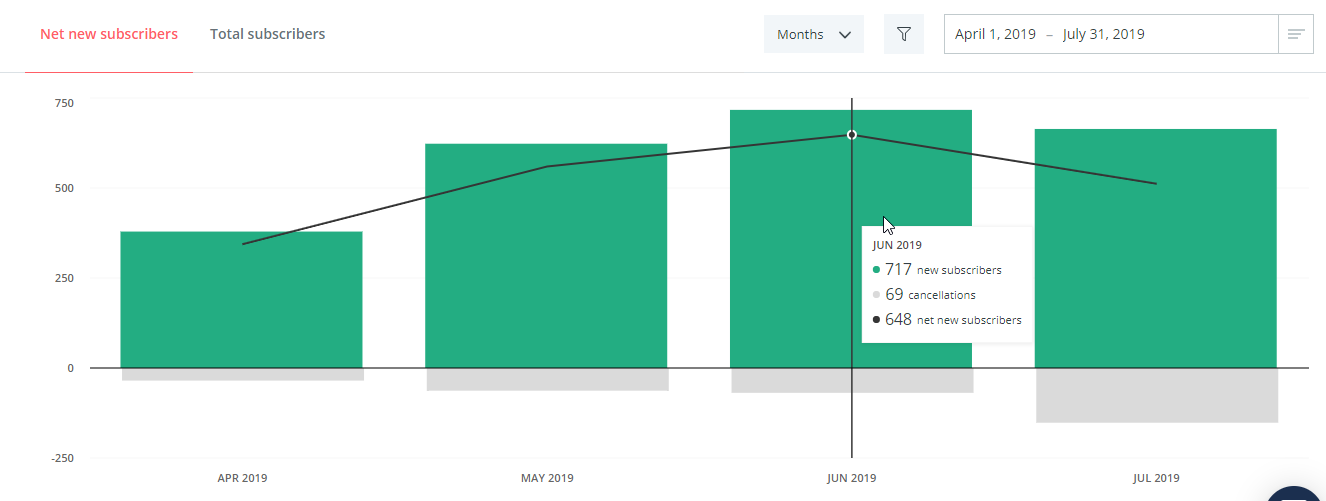
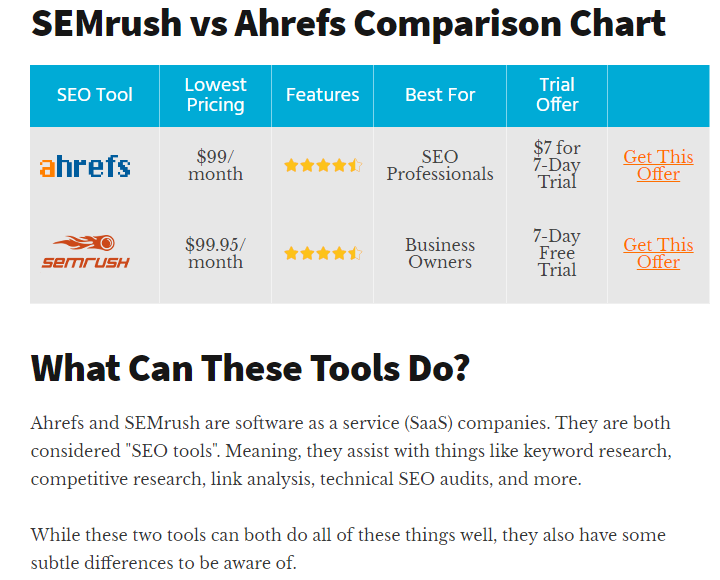
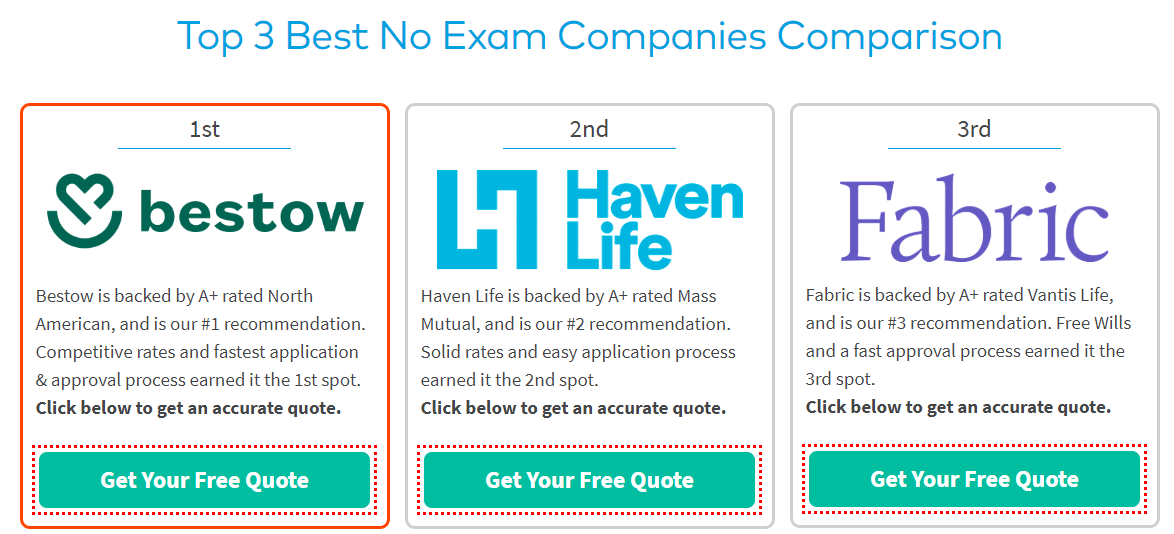



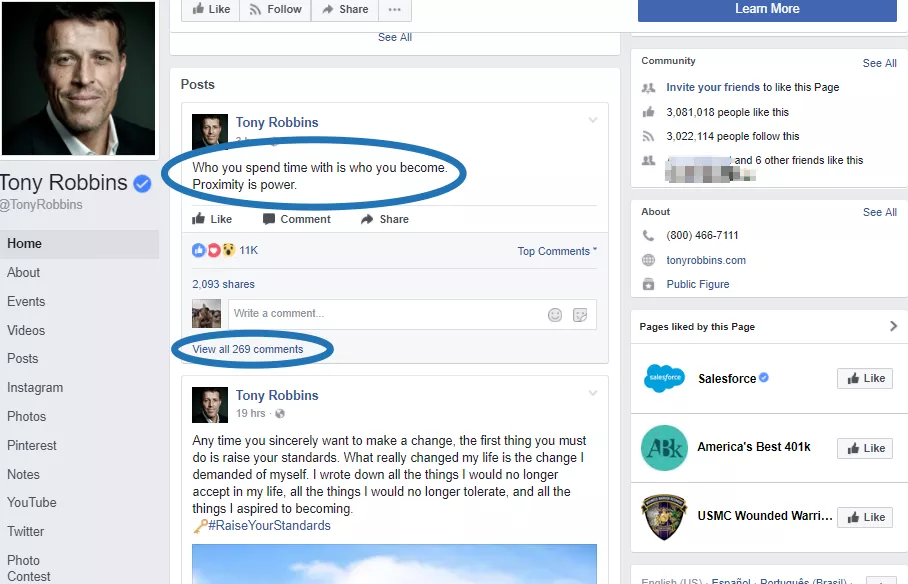

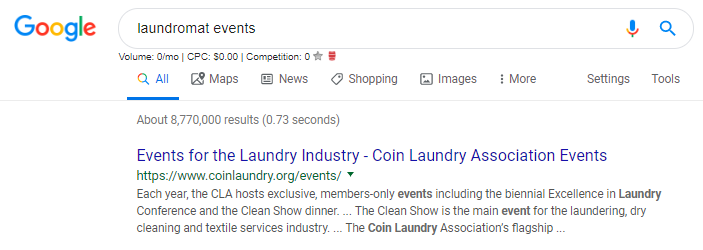
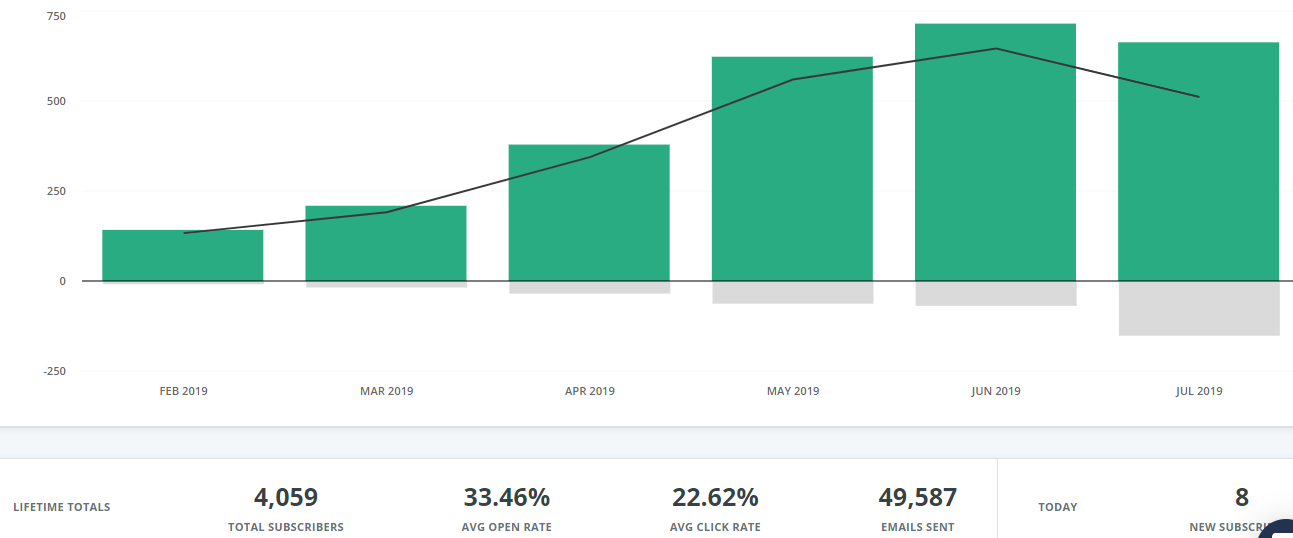



Comments